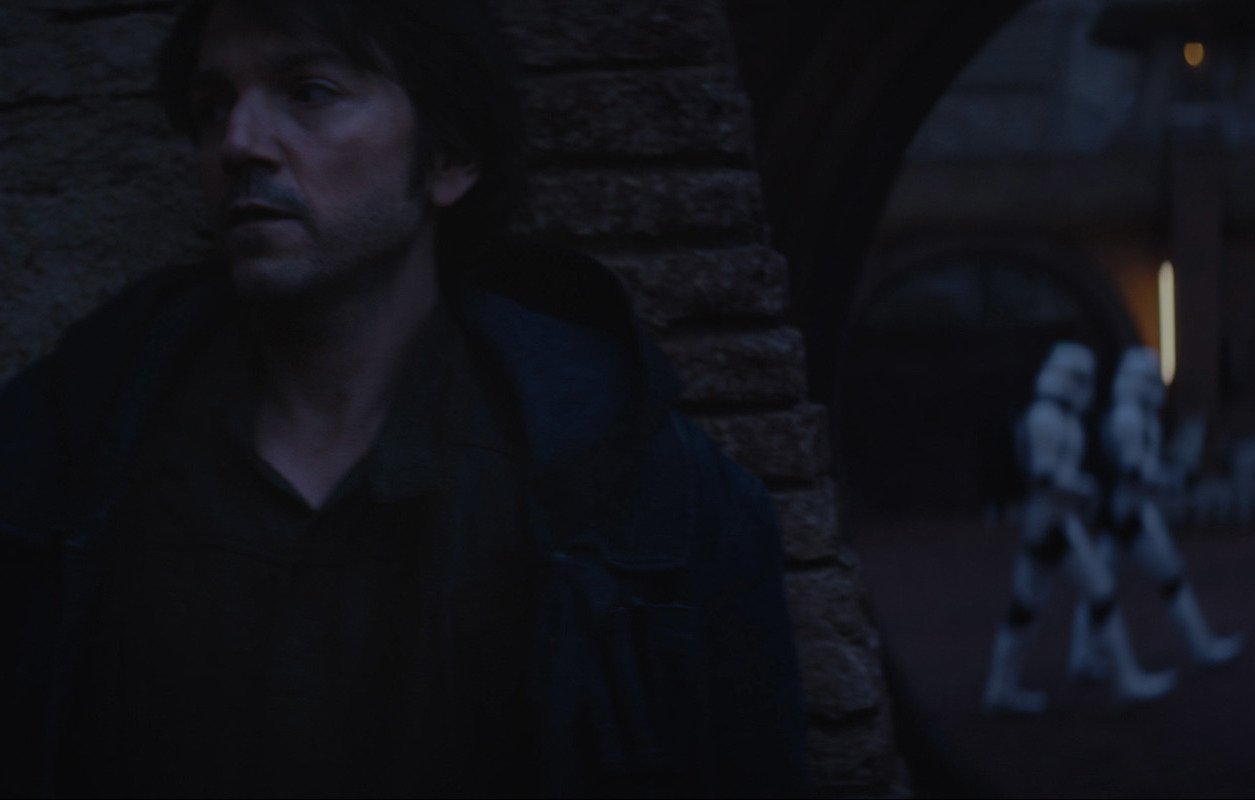
Why ‘Andor’ and ‘The Last of Us’ Feel so Real Even in Fictional Worlds
In a TV era dominated by expansive franchises, Andor and The Last of Us stand out not just for their storytelling, but for their masterful world-building. While one unfolds in the galaxy of Star Wars and the other in a post-apocalyptic America, both series excel at crafting immersive, deeply lived-in settings. Their attention to environmental storytelling, realism, and the lives of ordinary people make their respective dystopias feel unsettlingly authentic.
‘Andor’ and ‘The Last of Us’: A galaxy under Imperial rule vs. a world after collapse
At first glance, the Empire’s dominance in Andor and the post-pandemic ruins of The Last of Us might seem vastly different. However, both settings explore authoritarian control, survival, and the consequences of unchecked power.
Andor showcases an Empire tightening its grip on the galaxy, from the industrial oppression of Ferrix to the sterile corridors of Coruscant’s political elite. Meanwhile, The Last of Us presents a world where various factions struggle for dominance—whether it’s the military-controlled FEDRA, the anarchistic Fireflies, or ruthless survivor groups. In both, ordinary citizens suffer under systems designed to exploit them, giving the audience a deep sense of injustice and resistance.
Both shows also prioritize the struggles of everyday people rather than focusing solely on their protagonists. In Andor, we see working-class rebels, exhausted prisoners, and scheming senators who all have different stakes in the Empire’s rule. The Last of Us takes a similar approach, showing how different survivors have carved out fragile existences, from Bill and Frank’s isolated sanctuary to Kathleen’s morally complex resistance movement. By exploring these perspectives, both series expand their worlds beyond their main characters, making them feel vast and lived-in.
Environmental storytelling in ‘Andor’ and ‘TLOU’
A key strength of both series is their ability to tell stories through environment alone. In Andor, Ferrix isn’t just a backdrop; it’s a fully realized working-class town, with its bell tower tradition and bustling scrapyards showing a society built on resilience and community. Similarly, Narkina 5’s stark, pristine prison isn’t just oppressive in its structure but in its lack of individuality, reinforcing the dehumanization of its inmates.
In The Last of Us, nature reclaims abandoned cities, overgrown highways, and hollowed-out buildings, visually telling the story of a world where humanity’s dominance has ended. The empty spaces, scattered personal belongings, and haunting remnants of civilization evoke both loss and adaptation, making each location feel like a frozen moment in time.
Sound and music in ‘Andor’ and ‘The Last of Us’
Beyond visuals, sound plays a crucial role in making these worlds feel real. Andor breaks away from traditional Star Wars scores, using industrial, electronic sounds that reflect the grittiness of its world. The absence of an epic orchestral theme reinforces its down-to-earth tone.
In The Last of Us, Gustavo Santaolalla’s minimalist, melancholic guitar score mirrors the game’s atmosphere, while silence often speaks louder than sound. The quiet moments—rustling leaves, distant Clicker noises, or the eerie stillness of abandoned streets—heighten tension and immerse the viewer in the post-apocalypse.
What makes Andor and The Last of Us exceptional isn’t just their characters or plots, but how their environments shape those stories. Their commitment to realistic, immersive world-building proves that sci-fi and video game adaptations can be as nuanced and thought-provoking as any prestige drama. By crafting dystopias that feel eerily real, these series leave lasting impressions, reminding us that the best world-building doesn’t just transport audiences—it makes them believe.





